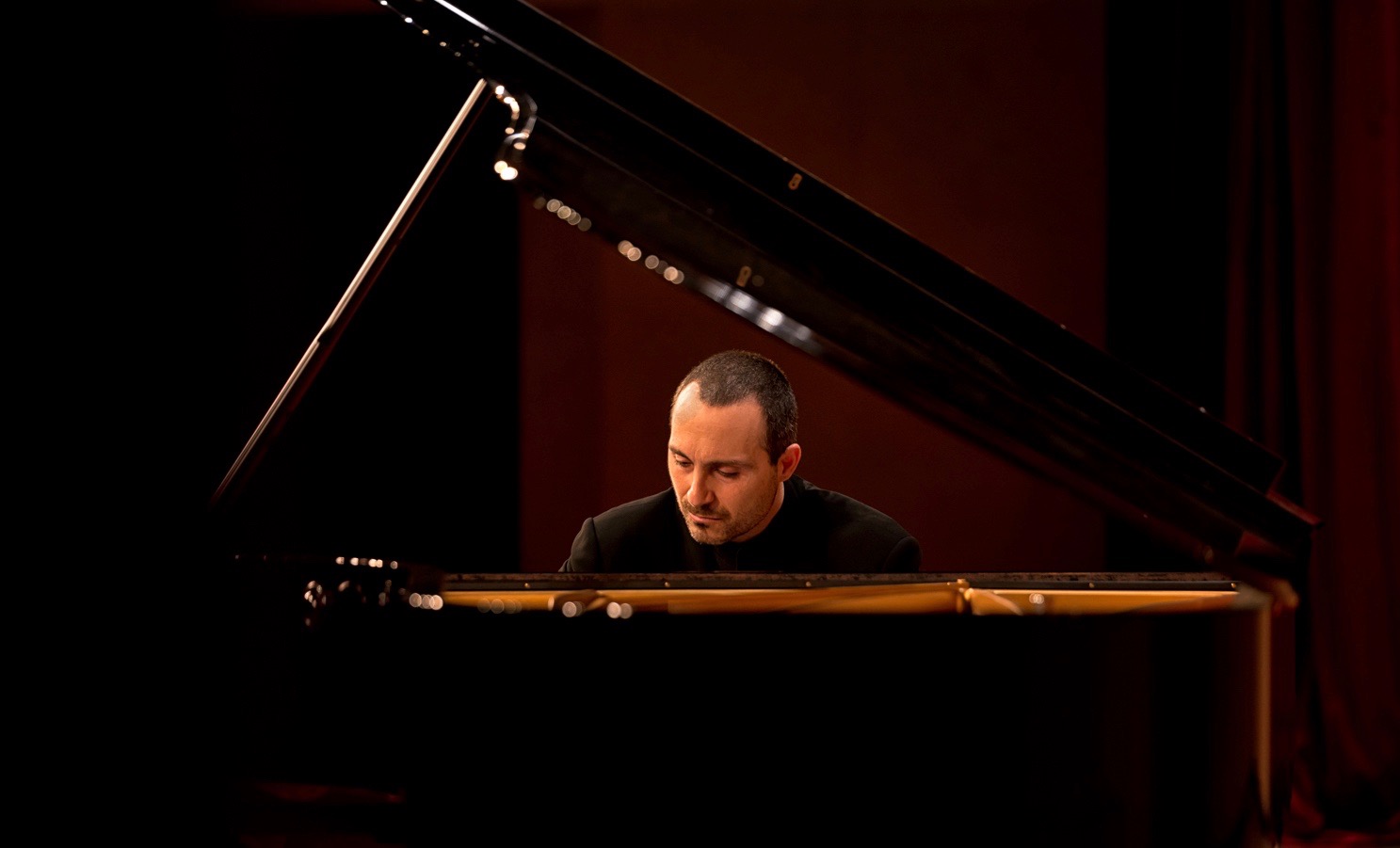In the last few years, I have been telling my students (and audiences at my recitals) that I believe the Second Ballade by Liszt to be inspired by the myth of Orpheus and Eurydice. A few people have asked why I believe such a thing, when no sources prove it. Furthermore, an oral tradition, perpetuated by the great Claudio Arrau–who apparently learned it from his teacher Martin Krause, who was one of Liszt’s pupils, seems to establish a link between the Ballade and another myth, that of Hero and Leander. While that is possible, I doubt it.
The Second Ballade was composed in 1853 and published in 1854. In those same years, Liszt composed his 8th Symphonic Poem, titled “Orpheus” (this is actually known as the Symphonic Poem n. 4, but that numeration does not follow the chronological order of composition). In 1854, Liszt conducted the Weimar premiere of Gluck’s opera “Orfeo ed Euridice”, and replaced Gluck’s original overture with his own Symphonic Poem.
I think the Second Ballade truly fits the Orpheus and Eurydice story like a glove, and I cannot help but think that it is this myth that was very much on Liszt’s mind when he wrote the Ballade. So much so, that I think every moment of the piece can be directly linked to the unfolding of the story:
-The repetition of the same material at the beginning, first in B minor [bars 1-34], then in B flat minor [35-69], physically accompanying Orpheus‘ descent into the Underworld;
-The murky river Styx represented by the left hand chromatic figuration;
-The sublime “love theme”, sung by Orpheus accompanying himself on his lyre [24-34, and 59-69];
-A three-headed dog named Cerberus, ghosts, spirits, vultures, other threatening creatures [70 and following] all being tamed by Orpheus’ song [“Allegretto”, bars 143 and following]. In his journey to meet the King and Queen of Hades, Orpheus is confronted by numerous scary creatures at various times, but continues undeterred;
-Orpheus pleading to Pluto and Persephone, King and Queen of the Underworld [“Appassionato”, bars 225 and following]. This is the same theme we hear earlier, at bars 135 and following (‘a piacere, cantando”), softer and more hesitant, as if Orpheus first rehearses what he is going to say to the King and Queen, whispering it to himself;
-The transfiguration of the disconsolate opening theme into a glorious B Major, after his wish is granted [“Allegro Moderato”, bars 254 and following];
-The ascending arpeggios, and later scales, representing the ecstatic journey back to the world of the living, both hands moving upwards, both Orpheus and Eurydice so close to the goal, the music building up to what could have been such a triumphant finale;
-The crushing blow of the diminished seventh chord that suddenly interrupts this ecstatic journey, representing the very moment in which Orpheus turns and looks at his wife, contravening the one condition set by Pluto and Persephone [bar 297];
-Orpheus chasing Eurydice as she vanishes before his eyes [bars 298-299];
-The contrary-motion alternate octaves, Orpheus and Eurydice being separated so precipitously and forever [bars 300-301];
-The return of the “love theme”, this time presented in a very frantic manner, as Orpheus realizes that his beloved is lost forever [302-310];
-Resignation [bars 311 to the end], but still Orpheus’ longing, his yearning for Eurydice can be felt by the way the music resists the arrival of the final B Major chord through a series of G#s in the top voice, and chromaticism in the inner voices. The last note of the piece, an F# played over a tied chord, sounds like the ultimate gesture of resignation, Orpheus lowering his head and accepting his cruel fate.
